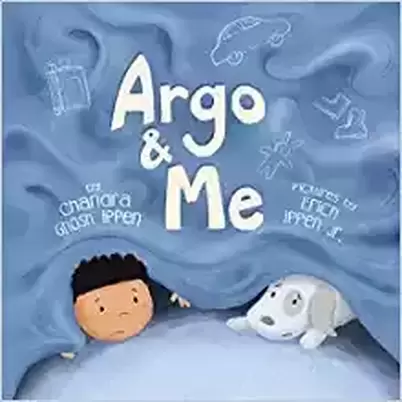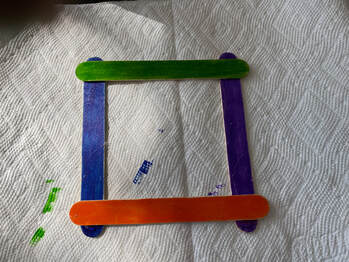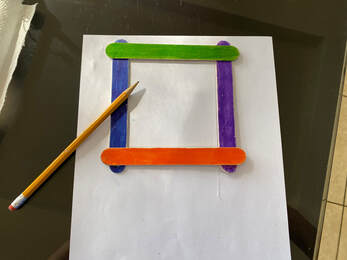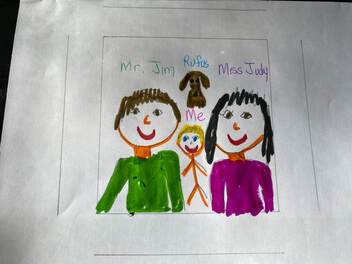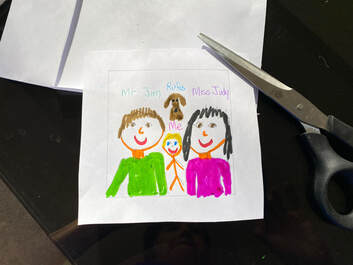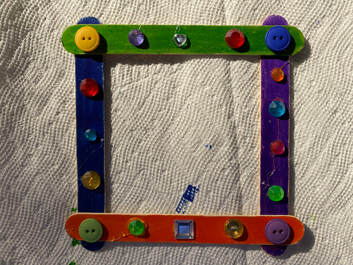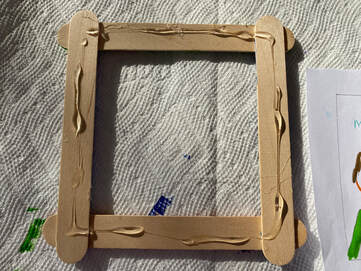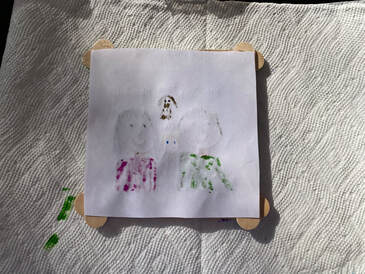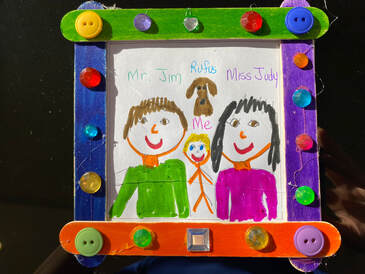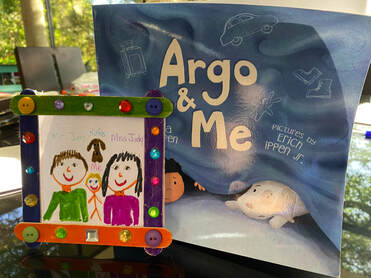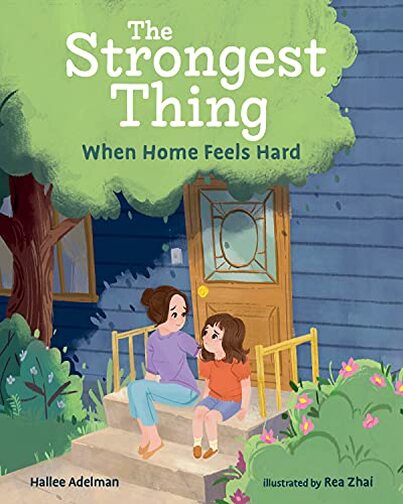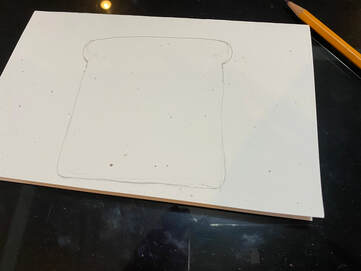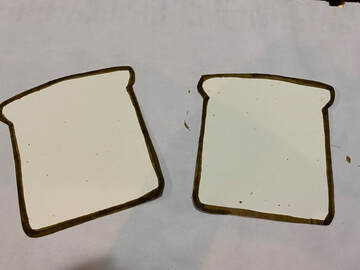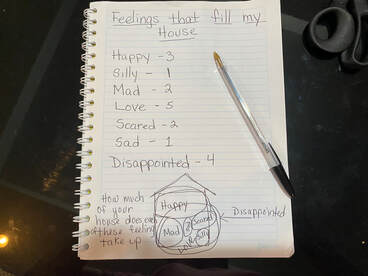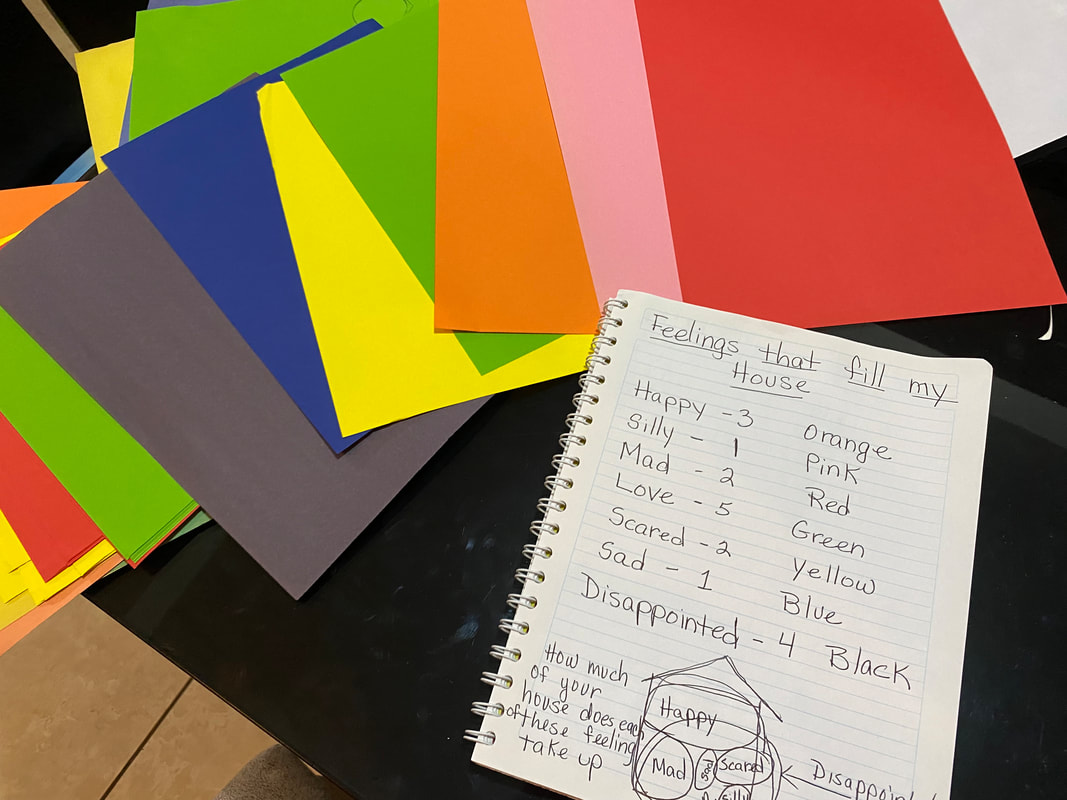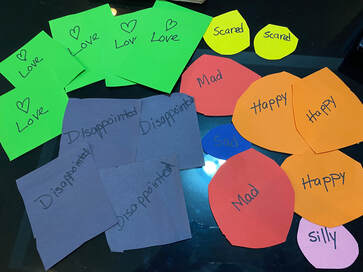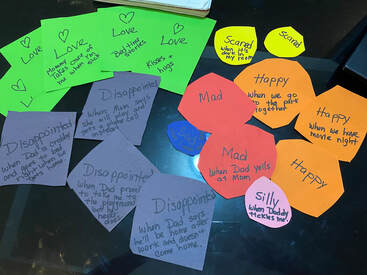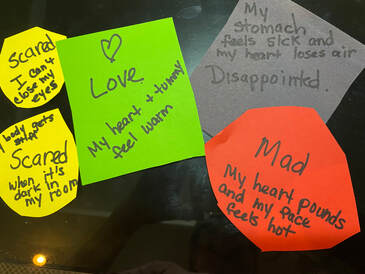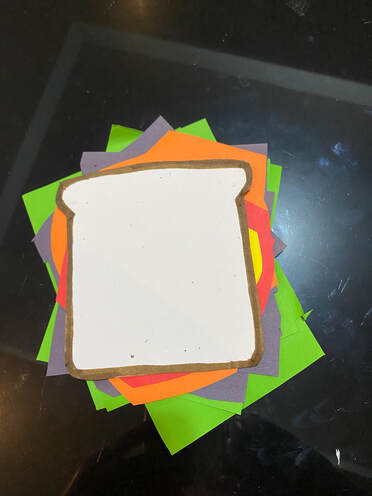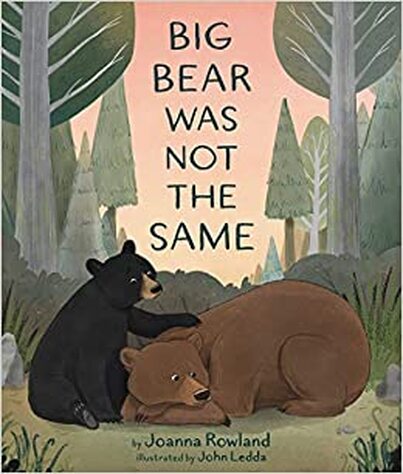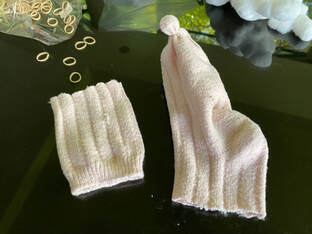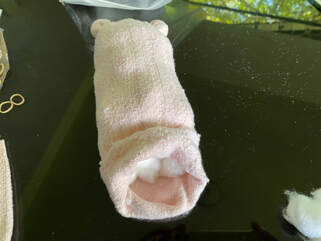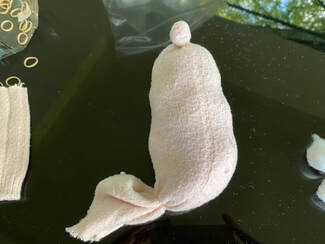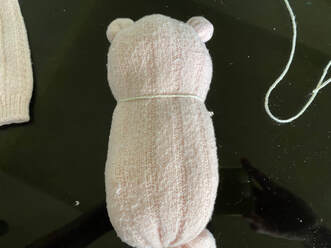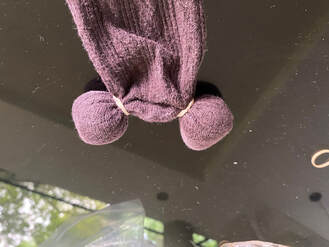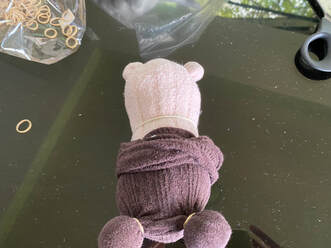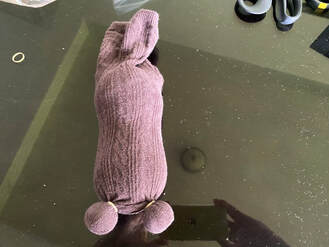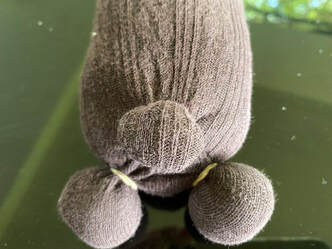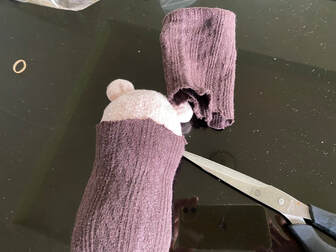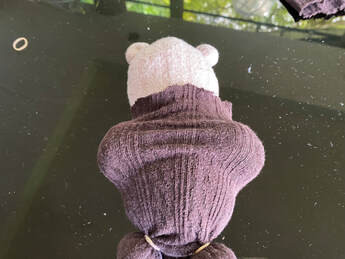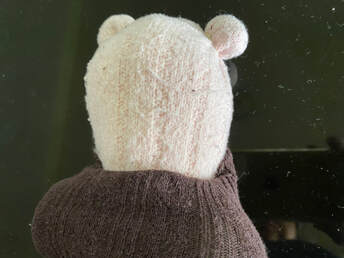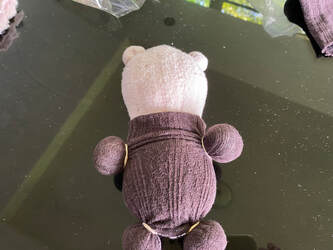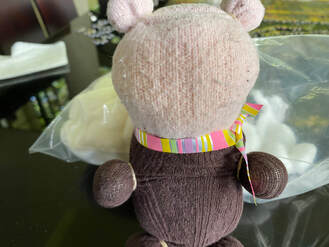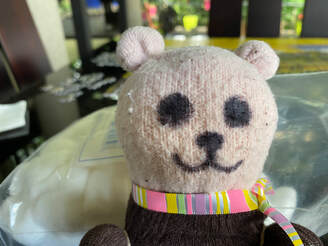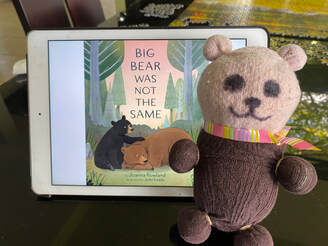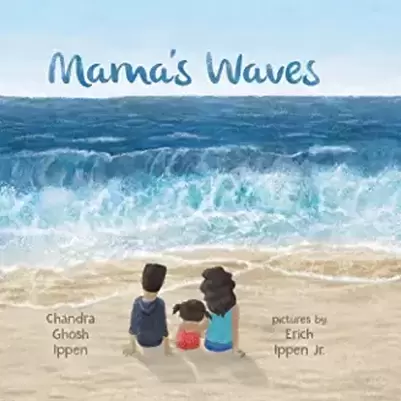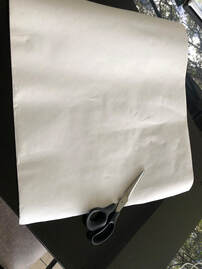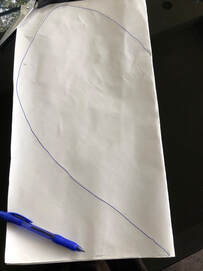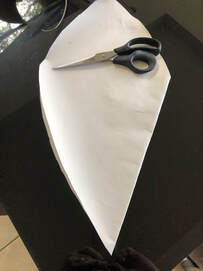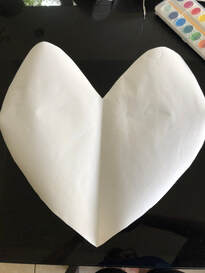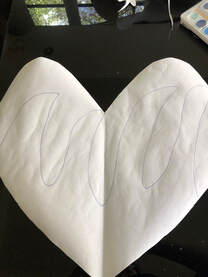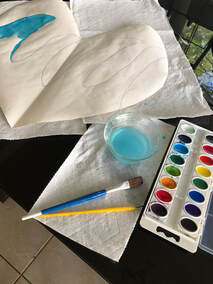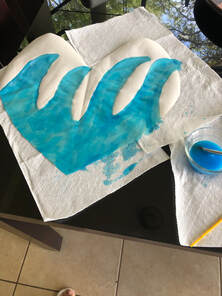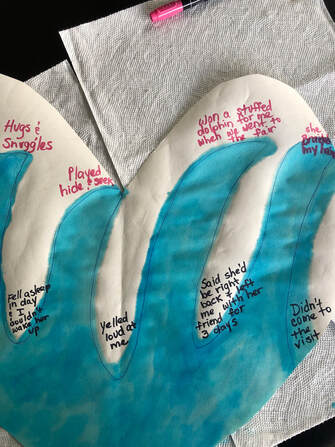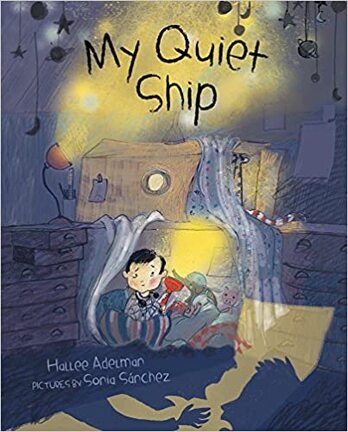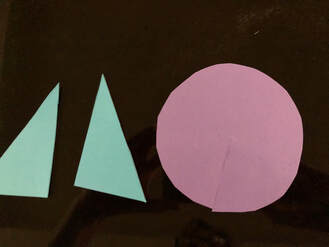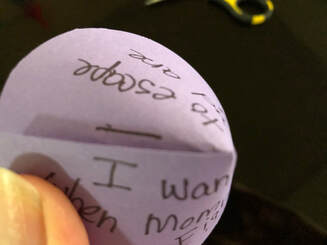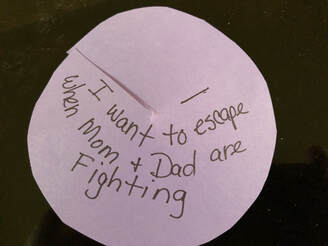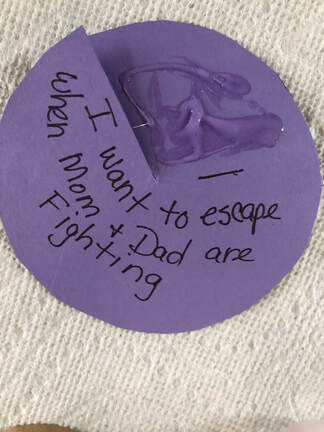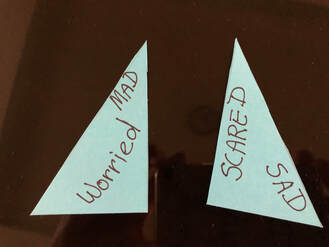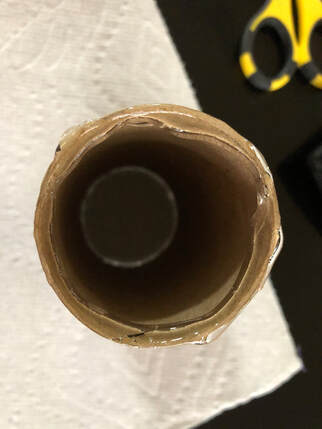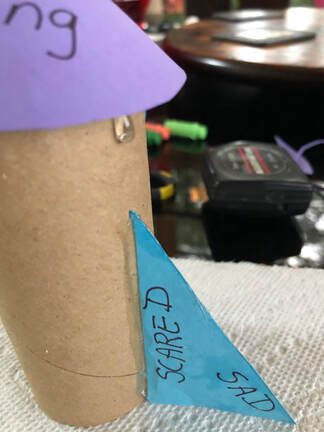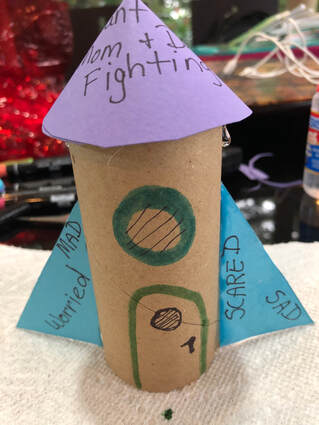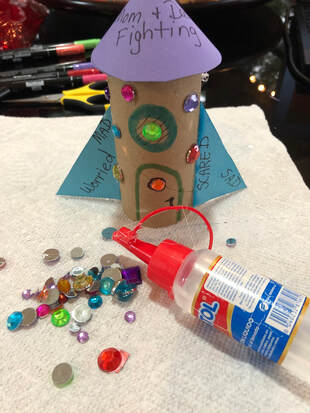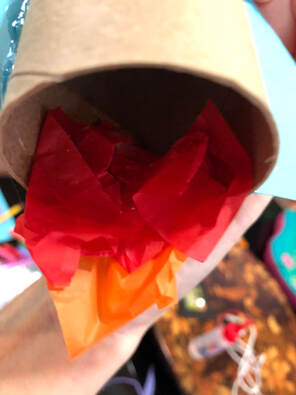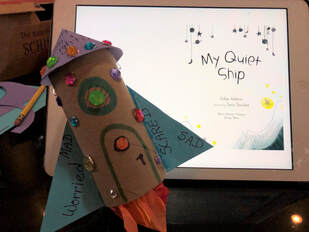A Book Review of Argo & Me
Chandra Ghosh Ippen, the author, expertly provides emotional distance of these heavy topics by focusing on the experience of caring for a rescue dog. This makes the story more palatable for the young child. She gently weaves the shared experience of the boy into the story, as follows. "People I lived with before had big problems and didn't always take good care of me." The illustrations, in gray, faded colors, show the reader some of the negative experiences of the boy. This brings the reader to not only feel compassion for the dog, but for the boy also. This book serves as an excellent model for compassion and understanding when dealing with a child or a dog, with a history of traumatic experiences. Child and adult readers alike, will feel their heart plunge into deep empathy when reading this book. Ms. Ippen stresses the importance of gentleness, observation, listening skills and taking time and patience to earn the trust of someone with past hurts. "People had not always been kind. Some people had hurt him, and Argo didn't know that we were different." Zeze and Paul, the animal shelter staff, represent kind foster parents of Argo. In dealing with Argo's intense fear, they get down at his level and gently wait while playing soft music. This eventually lures Argo to start to trust and move toward them on his own. What great modeling of empathic caregivers! Argo & Me provides examples of many fears, more common ones like thunderstorms, and unique ones based on personal experiences, like boots, or in the boy's case, suitcases. Suitcases reminded the boy of the sad goodbyes and signified to him another move. But with time and repeated positive experiences, the boy learned that suitcases were for fun trips! This illustrates the hopefulness of being able to change and put some fears to rest when in a positive environment. Later in the story, the boy becomes angry with Argo for chewing on his stuffed animal. Argo reacts with fear and sadness. The family notices that bad moods may remind Argo of bad days in his past. The boy was able to return to Argo later and repair the situation. This scene is significant in two ways. One is the crucial concept that anger does not have to mean loss of love or connection. This is part of learning to feel safe in a secure environment. The second point is that there is meaning behind acting out behavior. Reacting with anger is normal, although taking a deep breath and working on understanding the meaning behind it, is a kinder, more effective way to handle these situations. Another topic that the book addresses that I value deeply, is keeping past positive relationships as much as possible in the lives of these children. The family ran into Zeze and Paul at the dog park. Argo enjoyed sharing memories with his past family in the company of his current family. Setting up these visits can help the child feel whole by combining parts of their past lives with the present. It can also model positive loss, as shown in the following quote: "Even when they're not with us, they live in our hearts." If you pay close attention, you can surmise that the boy was adopted by a single dad. This is a great message of the possibilities of finding love in non-traditional families. The framed photos on the last spread of the book, displaying the boy's new life with past connections, ends the story on a beautiful note. This leaves the reader with feelings of hopefulness that, even if you had a rough start on life, you can find love and connection in your future. The illustrations, by Erich Ippin Jr., reflect the messages and moods of the story. The soft shades of blue add to the feelings of gentleness and compassion. The sad moments are colored in gray and dull hues, while the happy moments are reflected in bright shades. The illustrations are fun and will appeal to young children. To purchase this book or check out other books from this author, click HERE. An Activity Idea for Argo & MeMaterials: -Large Craft Sticks -Strong glue -white paper or cardstock -Markers -Pencil -Decorating options (jewels, glitter glue, buttons, small stickers, etc.)
2 Comments
A Book Review of The Strongest Thing
The book features a young girl, Sera, who finds her home a hard place to be due to her Dad's problems with anger control. He raises his voice and blames his family for things in which they have no control. At the height of his anger, he leaves the house and slams the door so hard, that the glass breaks. This is scary for Sera and creates anxiety as she anticipates what will happen when he returns. Sera thinks of her dad as "the strongest thing," because his anger seems so big, it fills up the house. So big, in fact, that, "...my house looked too small for me to fit back inside it." However, in contrast when approaching her school, Sera describes it as, " ...a shining castle on the hill, big and bright and cheery." The contrast in her description between her house and her school, shows us that Sera experiences her school as a haven. The familiar people and routines are comforting to her, and elevate her mood. The school day distracts her from thinking about the scary things at home. However, when the teacher announces that the school day is half over, Sera's mood takes a nose dive. She becomes angry and those sensations in her body, that she experienced during the incident with her father, return. "My shoulders sank like a ship, and my belly squirmed with worry." Ms. Adelman not only focuses on Sera's feelings, but the specifics of how that feeling affects her body. These sensations are described using similes which provides a clear mental picture for the reader to fully understand what Sera is experiencing. In order to name and recognize our feelings, we need to develop the skill of tuning into our bodies. This allows us to recognize those feelings through the sensations we're experiencing. After stomping around with her anger, Sera seemed to be calming herself by painting. A classmate then accidentally slams the door and startles her. It reminds her of the door slam and broken glass at home. When this happens, her painting gets ruined and she begins to act "like the bully at home," -blaming, yelling, pointing, seething. Her feelings were so big, that she felt like "the strongest thing." After observing her classmate's emotional reaction to her behavior, she knew exactly how he felt. At that point, Sera realizes that BIG ANGER was NOT the strongest thing. She then apologized, wishing her Dad would do the same for her. After the incident, she feared the worst from the teacher. However, he responded with kindness and support, which is an excellent model for teachers reading this book. His reaction also served as a model for the students, as they then offered support too. Due to the other's reactions, Sera learned that "the strongest thing" is actually being calm and kind. The last page of the book leaves the reader with a powerful message. The teacher and the mother are together in the classroom offering support to Sera. The teacher approached this situation as a team player with the parent. He did NOT call or send a note home about Sera's poor behavior. He solicited the parent to come in and assist him in supporting Sera. Care and compassion in place of punishment. Beautiful. A great message for teachers, parents and kids. There are so many important mental health messages portrayed in this book. However, I'm going to zoom in on the importance of emotional regulation in children AND adults. Adults who cannot regulate their feelings, especially their anger, create cycles of trauma in families. One of the most important things to begin learning as a child and throughout one's life is to regulate your emotions. If this skill is not mastered by adulthood, it will negatively affect a person's relationships, family, jobs, and overall happiness. Then, without the proper modeling and teaching, the cycle continues with their children. This is the reason why it is crucial to teach our kids about the different emotions, how they feel in their bodies, what makes them feel that way, and what coping skills work for them. Kids need to be allowed to express their feelings openly when younger, so when they are adults, they will have had much experience at managing them. By doing this, the trauma will not pass on to another generation. Both men and women can have problems with emotional regulation, however, anger control issues are more prevalent in boys and men. The reason for this is that traditionally, anger has been the only emotion that boys have been allowed to express. It is the emotion that is considered more "manly." Even now in 2022, some boys are still getting the message, "big boys don't cry," or "you're acting like a girl," when expressing any emotion besides anger. By keeping all of the feelings besides anger inside - sadness, hurt, disappointment, fear, etc.- those feelings get wrapped up in one big package called ANGER and that anger grows exponentially inside them. For this reason, we need to teach our boys about ALL OF THE FEELINGS. and ALLOW, AND EVEN ENCOURAGE THEM, TO EXPRESS THEM OPENLY. By doing this, they can practice coping and regulating, so by the time they are adults, they will be experienced emotional regulators. Then, and only then, will they grow up to be men who don't continue the cycle of anger and perpetuate trauma in their families. Instead, they will act as models for their children for dealing with emotions appropriately. That is the cycle we want to perpetuate. If, as a society, we understand that expressing and understanding all of the feelings makes us stronger, not weaker, the more homes like Seras' will have plenty of room for love and happiness. If you wish to purchase this book, or check out the many other mental health books written by this author, visit Hallee Adelman's website HERE. An Activity Idea for The Strongest Thing MY HOUSE IS LIKE A SANDWICH Sera describes her house "like the middle of an old sandwich, squished and dark and icky." For this month's activity, we're going to use this simile, make a sandwich and have the child fill it with the feelings in their house. NOW, LET'S BUILD OUR OWN SANDWICH! Materials: -White or beige cardstock or construction paper -Construction paper in many colors -pencil -scissors -brown and black markers
A Book Review of Big Bear Was Not The Same
The main factors that determine the intensity of a child's response are: 1. Severity of the event 2. Proximity to the event 3. Caregivers reactions/response 4. Prior history of trauma 5. Extent of family/community/cultural connections Focusing on #5 above, supportive relationships and community connections serve as the main buffer to a traumatic incident. Children who have healthy support systems fare much better during a traumatic event and in the aftermath, than do their peers who lack connections. As humans (and animals), there is a common response to how we react in moments of intense fear - Flight, Fight or Freeze. These responses are for self-preservation as they force us to act when faced with danger. Joanna Rowland sensitively walks children through this process in her latest creation, Big Bear Was Not the Same. This book is useful for all of us, but is especially helpful for kids who have, or know someone who has, experienced trauma. Friendship and empathy are also strong themes in this story. Ms. Rowland created loveable and relatable characters in Big Bear and Little Bear, who are best friends. Big Bear experienced a very scary event - a forest fire. After that, Little Bear noticed that Big Bear was not the same. Big Bear had always loved adventure and was so brave. But now, he didn't want to do many things as he thought they were too dangerous. After a scary event, sometimes the Flight, Fight or Freeze response doesn't shut off like it should, which leads to ongoing physical and mental reactons to the past trauma. Big Bear started reacting with fight, flight or freeze whenever he experienced a reminder of the fire. His senses triggered a reaction as they reminded him of the scary thing that happened. After he heard a loud noise, he ran away - the flight response. When he saw something that reminded him of the fire, he let out a huge ROAR that scared little bear and the other animals- the fight response. When he smelled a campfire, Big Bear froze - the freeze response. His behaviors confused and scared Little Bear as Big Bear was always big and brave. How could he be so scared? Little Bear tried many things to cheer up his friend, but was unsuccessful. Until, Little Bear realized that it was the fire that had changed Big Bear. Once he acknowledged how scary that must have been for his friend, Big Bear was able to talk about it. Little Bear reassured Big Bear that it was okay to be scared sometimes and that he would stay by his side. This connection, acknowledgement of the trauma and reassurance was exactly what Big Bear needed to start to heal. The illustrator, John Ledda, played a big role in making the characters loveable, as they are the perfect mix of realistic and adorable. The earthy, muted colors add a feeling of warmth to the story. The intense feelings of both bears are expressed beautifully through the illustrations and assist the reader in feeling deep empathy for them. Also, check out the backmatter at the end of the book about trauma, which is an excellent resource. If you wish to purchase this book, or other mental health related selections by this author, check out her website HERE! An Activity Idea for Big Bear Was Not the SameIt's very helpful to initiate a discussion after reading the book to assist the child in opening up about their trauma(s). This can also serve to help them understand their own responses and behaviors. Have the child draw a picture of a very scary thing that happened to them. Then ask the following questions about the picture: 1. When did that happen/How old were you? 2. Where were you when that happened? 3. What did you do when it happened? Do you think your responded by Flight, Fight or Freeze? 4. Was someone there to help you? If so, who? 5. When it happened, what do you remember seeing, hearing, smelling, tasting and/or feeling? 6. Remember that bear kept reacting even after the bad thing was over? Does that ever happen to you? 7. What helps you feel better when this happens? 8. Always provide much support and acknowledgement by saying "I'm really sorry that happened to you." Materials Needed: -old pair of socks; can be mix-matched like mine below! -cotton balls -elastic band hair ties -Small piece of string -scissors - colorful ribbon -fabric or permanent black marker
A Book Review of Mama's Waves
These severe ups and downs that affect an adult's ability to parent their children are often caused by severe depression, bipolar disorder, other serious mental illness and/or substance abuse. Many of these difficulties may be due to the parent's own trauma experienced when they were a child. Ms. Ippen describes this well through a quote from Ellie's uncle about her mother, as follows: "When we were growing up, things were pretty stormy. Her boat got tossed around by waves until the waves became a part of her." I have worked extensively with children living in these situations. Through this experience, I have learned that there are very few, if any, parents in this situation that don't love and yearn for their children. However, in many circumstances the children are not safe with them, so they are often removed and placed in a safe environment. In these instances, it is crucial for the child to get the message that the parent is not a bad person, but a person with problems that needs help. It is equally crucial for them to know that their parent loves them and will always love them, whether they are living with them or not. But, that they are unable to care for them due to their problems. One of my favorite quotes from the book explains this beautifully: "Your mama's dealing with big waves, but we won't let those waves wash away her magic and love." It is important to encourage the child to talk about their parent and express their feelings. Ellie's uncle plays a crucial role in this discussion by remembering together the "stormy days" and the "smooth sailing" days. Positive memories are something that the child can treasure forever, so remembering them is very therapeutic. In the book, Ellie remembers the "rainbow cookies" that she made with her mom. This also can provide a hint for the caregiver on activities that they can continue that will promote positive memories and comfort within the child. In the story, the foster parent made contact with the uncle to visit the child, as her mother missed their scheduled visit. It is not always possible to meet with other family members, but when it is, it can preserve those important family connections. It is extremely comforting for the child to meet with an appropriate relative that likely may feel the same love, pain and worry that the child does toward their parent. Ellie and her uncle share mutual worry for Ellie's mother and share a hope that she will get help. Kids often worry about their parent when separated, especially if they played a caregiver role to that parent when they were living with them. The illustrator, Erich Ippen Jr., portrays strong emotions through the facial expressions of the characters. The colorful sprinkles and rainbows throughout the book give a feeling of hope for the future. There are few books available on this all-too-common topic of parental mental illness/substance abuse and separation of the child. This book was published recently and is one of the best ones I have read on the topic. I strongly recommend this book for therapists, case workers, family caregivers and foster parents to provide insight and comfort to young children in this difficult situation. It is a great book to spark conversation regarding the child's specific experience. I have provided an art activity below to help get this conversation started. If you are interested in this book or other books by this author, please visit her website here. Activity Idea for Mama's WavesMaterials Needed: Large piece of paper (I cut mine from a roll) Pencil Scissors Blue watercolor paint Paint brush-medium Dark color Markers
A Book Review of My Quiet Ship
Quinn becomes the commander of his Space Ship, directs his crew (stuffed animals), which gives him a sense of control in a situation in which he feels helpless and scared. Quinn's scary situation is his parent's loud arguing. This book can be helpful to kids in a variety of difficult situations, even if it is coping with their baby brother crying or sensory overload. The Space Ship is a peaceful place where Quinn can go into his mind to help calm himself and to identify his feelings. The Space Ship is Quinn's haven. This book can encourage readers to use their own imaginations and create their own havens to help them cope. It is helpful for children and adults to pull themselves away from the source of their big feelings temporarily and try to find peace within themselves. It is similar to the concept of a Safe Space in schools where a child goes to a quieter part of the classroom with comforting objects in order to re-group, ponder and get in touch with their feelings. Quinn also tries to draw, which is another great coping mechanism to model to the reader. In the story, the arguing became so loud and Quinn's feelings became so big, that his coping strategies no longer worked. Eventually, he gathered the strength to confront his parents and express himself about how their yelling was making him feel. This is important as others may not be aware of how their behavior is making you feel unless you tell them. Through the story, the author acknowledges the strength and bravery it takes to confront a situation and express your feelings. Expressing feelings is the most important part of this process. When Quinn expressed his feelings, it had the positive effect of making his parents aware and most importantly, getting his needs met. Quinn describes how his feelings are affecting his body, which is a great way for kid's to start to identify their own emotions. For example, "...from the sounds that hurt my ears and make my heart ache." and "...the sounds that make my stomach sick." Identification of feelings based on how it feels in your body is crucial. Through her illustrations, Sonia Sánchez gives the reader a sense of turmoil that is experienced through Quinn. By the end of the story, Ms. Sánchez uses her illustrations to create a sense of calm in the reader. She captures the feelings of the characters very well, which pulls the reader in to the emotion of the story. I highly recommend this book for teaching coping skills and the importance of expressing feelings, especially with kids in difficult situations. It can lead to deeper conversations about what the reader experiences in their life, how they can cope and how they can use their skills to gain control over their situations. I would like to caution readers on a couple of points in the story. Escaping through imagination excessively, without confronting and addressing the feelings, can become a maladaptive strategy to respond to trauma and lead to dissociative symptoms later in life. Additionally, there are trauma situations in which it would not be safe for the child to confront the adults about how they are feeling and could lead to further abuse. In this situation, help the child develop a list of other safe adults they can access for help, if the situation is out of hand and safety issues are prevalent. You can access Hallee Adelman's website to purchase her book or check out other books by this author here. Activity Idea for My Quiet ShipConstruct a Space Ship with the child as a means to explore events that make them want to escape and to help them identify related feelings. These questions may help get the exercise started. 1. What is Quinn trying to escape from when he takes off in his Space Ship? 2. What feelings does it give him when his parents argue? 3. Do you ever feel a need to escape from something that gives you big feelings like Quinn? 4. What big feelings do you have when that happens? 5. What would be your best way to escape in your imagination? 6. What could you do to make others aware of how you feel and to get what you need from them? Materials Needed: Empty toilet paper roll cardstock or construction paper red/orange tissue paper or construction paper scissors silicone or other strong glue tape markers or crayons gems/stickers (optional)
|
Follow me on Twitter, Pinterest and LinkedIn
Categories
All
|
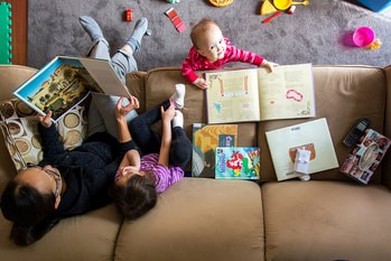
 RSS Feed
RSS Feed
